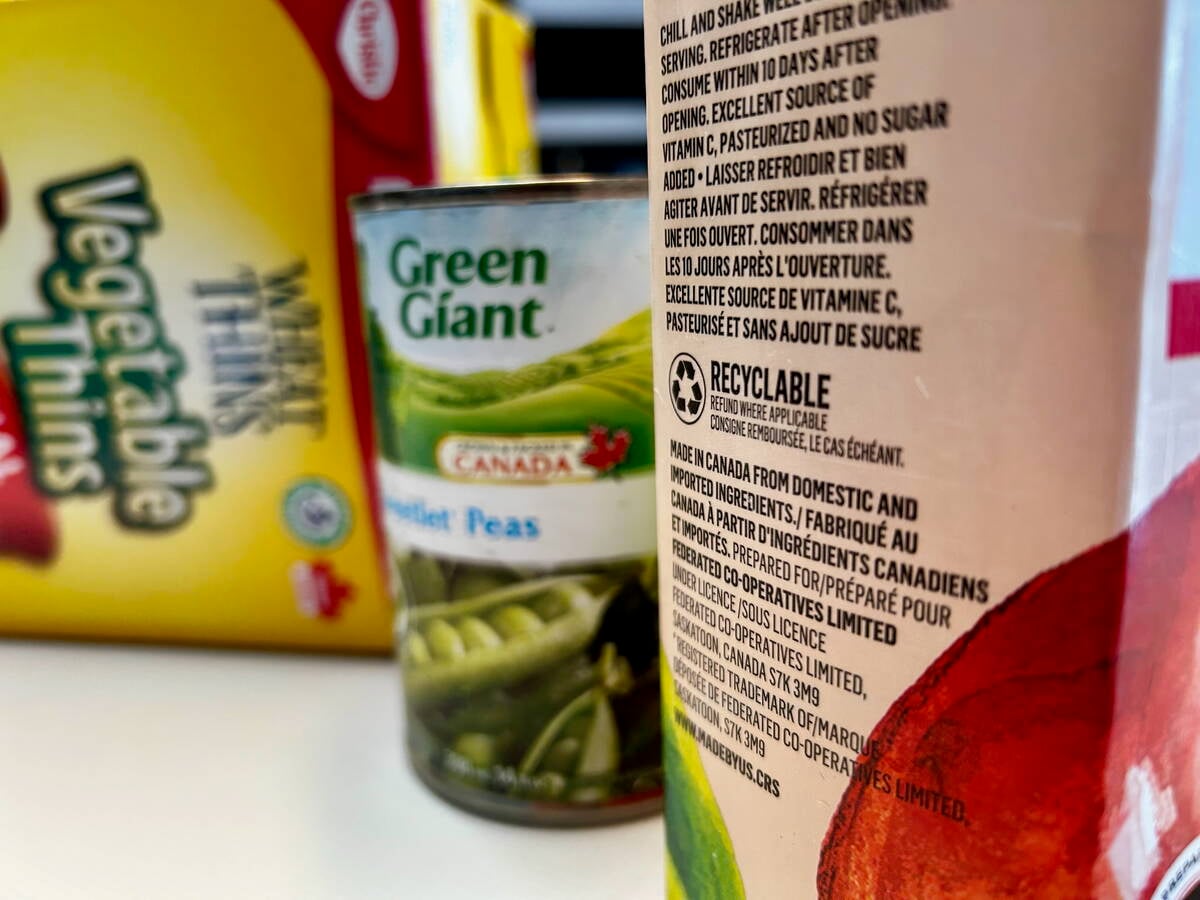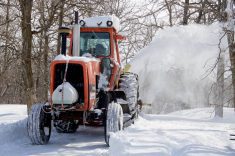MarketsFarm – Manitoba received normal to below normal precipitation during November and most of the province’s agricultural areas are faced with drier than normal conditions.
That’s according to the fall conditions report issued by Manitoba Infrastructure and Transportation on Dec. 14.
Much of November’s snow melted and added some moisture to the soil, stated the Hydrologic Forecast Centre.
Read Also

Unclear food labels hinder Canada’s ‘buy local’ surge
“Maple-washing” on Canadian food packaging makes label claims hard to keep straight and hurts both farmers and consumers trying to buy Canadian, economist says.
“While the fall report shows our rivers have the capacity to receive a normal amount of spring runoff, this will depend on precipitation and snowmelt rate,” said Transportation and Infrastructure Minister Lisa Naylor. “We will continue to closely monitor the conditions and prepare for potential outcomes.”
The centre said Manitoba received below normal to well below normal amounts of precipitation during the summer and fall, and most basins had “less than the May to October precipitation records, from 1981 to the present, for 80 per cent of the time.”
The centre reported that lakes Winnipeg and Manitoba are within operating ranges, but they are six inches to a foot below normal levels. It noted the Shellmouth dam continues to draw down the reservoir ahead of any spring runoff.
The centre said the Assiniboine River was forecast “to remain at near normal flows and levels in the period prior to the spring runoff” while levels on the Red River were below normal.
As for the centre’s long term precipitation outlook, it noted the El Niño now being felt is likely to persist through to spring. Using data from Environment and Climate Change Canada and the United States National Weather Service Climate Prediction Center, it projected equal chances of above normal, near normal or below normal precipitation this winter.
In coming months, the centre will work with the two national bodies to monitor watershed conditions and winter precipitation patterns. In February, it will issue its first report on the potential for spring run-off.
















